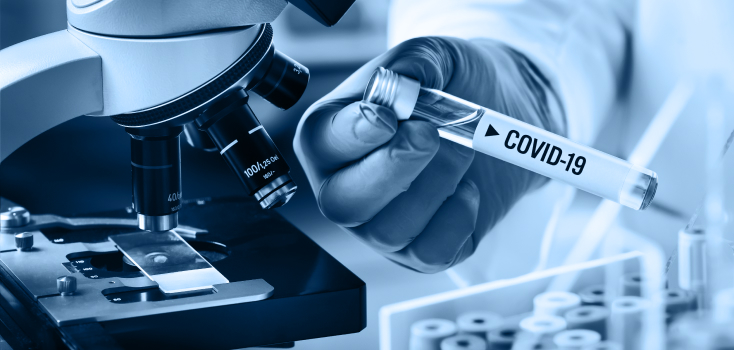
iProcureSecurity – Webinars, outcomes and insights – Critical Challenges And Innovation Needs Of Emergency Medical Services Identified During The COVID-19 Pandemic
The virus outbreak was a real stress-test, delivering evidence on the capabilities of the EMS systems in Europe to manage medical emergencies of that scope. It was also a possibility to elaborate on and develop innovation solutions, seeking to make the health care systems more efficient and resilient. COVID-19 was somewhat perceived as an “invisible enemy” causing a heavy load on the EMS systems as well as health and security risks for the EMS practitioners.
Identified main challenges
The crisis caused a reduction of the transport capacities, due to the high risk of infection and obligation to transport just one patient at a time. It was also presupposed the increase of stocked and usage of gloves and disinfection material, amounting to a four times increase compared with normal operation conditions.
Based on the restructured pickup procedures in the hospitals and additional documentation work, the downtime increased while the number of transported patients dropped.
A similar situation existed in multiple different regions, resulting from the outdated reaction mechanisms during crisis situations. Due to the same, above-mentioned, restrictions for transporting patients infected with COVID-19, there were 21% to 23% less patient transports in Germany.
Critical for the state of organizational preparedness on medical emergencies was the timely procurement of materials and equipment as well as the establishment of fast tutorials to train EMS practitioners on new situations and circumstances.
The various local standards and different operating EMS organisations present a major barrier on the path towards the establishment of a more harmonized EMS system in the country.
The number of incoming emergency calls has increased, causing difficulties for the dispatchers to confirm their relatedness to the virus. In addition, incoming non-emergency calls were increasing the workload of the dispatchers, making it harder to differentiate where to set the priority.
A further barrier towards a more efficient reaction to the outbreak of COVID-19, is the lack of efficient patient’s triage as well as modern equipment ensuring the safety of the EMS practitioners deployed in the field.
Recommendations:
A possible way to react to the crises is to expand the EMS personnel implementing dedicated Public Health Physicians, able to interact with the patients and call takers – in one case, the response time increased from less than ten seconds to more than 16 seconds within a period of two days.
Another approach are technological innovations: Knowledge and usage of modern technology, is already available in many organizations based on insights from research projects in the field as well as modern technologies, applied to train EMS practitioners on events of that scope. Additionally, an eLearning platform can be used to provide emergency medical personnel with training materials. The capability gap of the incoming non-emergency calls could also be tackled through the application of artificial intelligence to distinguish incoming non-related calls from such with higher priority. Further, wearable technology can be used to support EMS practitioners wearing PPE during medical intervention to enhance their situational awareness and the quality of provided medical care. Technological innovations that could also improve the quality of the delivered medical care are video laryngoscopy, telemedicine, tele education and specific guidelines for the use of mobile applications and devices.
It is possible, however, that different technologies could pose the particular problem with having multiple approaches by organizations, leading again to the implementation of different methods and protocols in dealing with crisis scenarios. Additionally, there is a need to implement one single triage approach.
In addition, it must also be highlighted that there is a need to protect the EMS practitioners from droplets stemming from the airways of an infected person – to tackle this issue a modification of ventilation through a supraglottic airway could be the solution.
Further on, it was recognized that there is a need for the implementation of new training and teaching approaches such as distance learning, self-directed learning and virtual reality. A particular challenge originating from the outbreak of COVID-19 is to ensure the early interception of the patient deterioration directly at home.
Link to the video: https://www.iprocuresecurity.eu/critical-challenges-and-innovation-needs-of-ems-identified-during-the-covid-19-pandemic-webinar-may-14th-2020-1530/
To learn more about the ongoing work of iProcureSecurty consortium and the preparation on the upcoming European-wide Pre-Commercial project simply join our EMS Network and become a main driver of innovation in the field of Emergency Medical Services!

